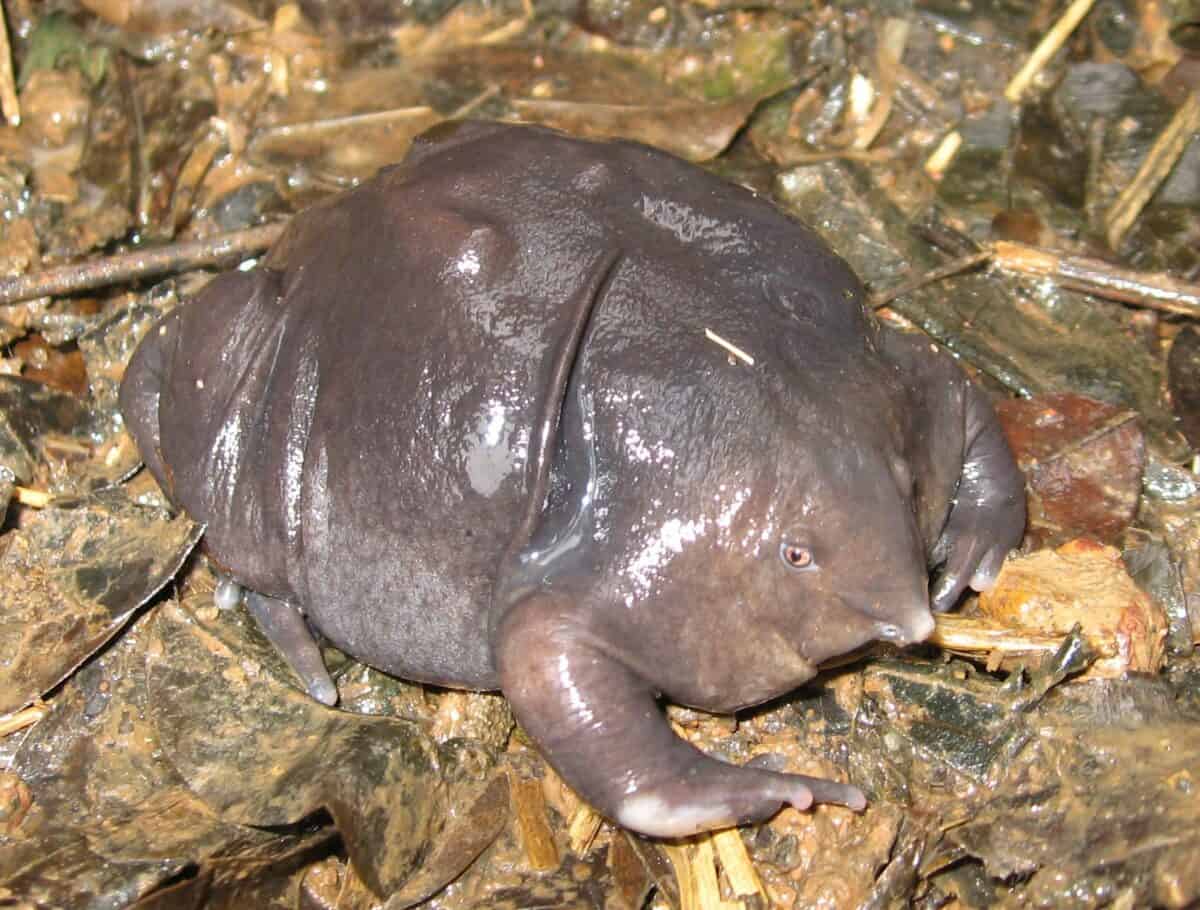Welcome to our list of the top 10 Ugly Animals.
Beauty is as subjective as choosing between plain oatmeal and a chocolate-dipped donut for breakfast. Everyone’s got their own quirky taste in what tickles their fancy.
Now, don’t get me wrong, we adore our pets and most critters out there. But let’s be real, there are some animals that seem to have missed the memo on the whole “beauty” thing. Take the humble lizard, for example. It’s like nature’s way of saying, “Let’s try something… interesting.”
Let’s get to know these top 10 ugly animals one by one:
#1 Purple Frog

- Scientific Name: Nasikabatrachus sahyadrensis
- Locations and Main Habitat: Forest and lakes in western India
- Average Size and Weight: 7 centimeters and 165 grams
- Average Lifespan: 1 year
- Natural Predators: deforestation and consumption of locals
Amphibians are generally considered annoying due to their slimy skin and odd looks. However, this one takes the lead as it is rare in color and has a small head.
The purple frog also has an unusually pointed snout with smaller eyes. To top it all off, the purple frog has horizontal pupils in those tiny eyes, and its body looks like a balloon filled with gas.
It is primarily found in India. Due to its elongated snout, the purple frog is known by different names, like a pig-nosed frog or nose frog.
#2 Naked Mole Rat

Scientific Name: Heterocephalus glaber
Locations and Main Habitat: semi-desert, East Africa
Average Size and Weight: 13 centimeters and 35 grams
Average Lifespan: 30 year
Natural Predators: Birds of prey; Snake
Any hairless animal is somewhat ugly, but naked mole rats are revolting. A naked mole rat is seen as ugly and not protected from heat and cold due to the lack of hair on its body.
A naked mole rat has yellowish skin, which sometimes appears pinkish. Its skin is also wrinkly, adding to its horror. Everything in its appearance is bound to make you cringe as it has thin legs, and tiny eyes, and the front teeth protrude more than any other type of rat.
#3 Monkfish
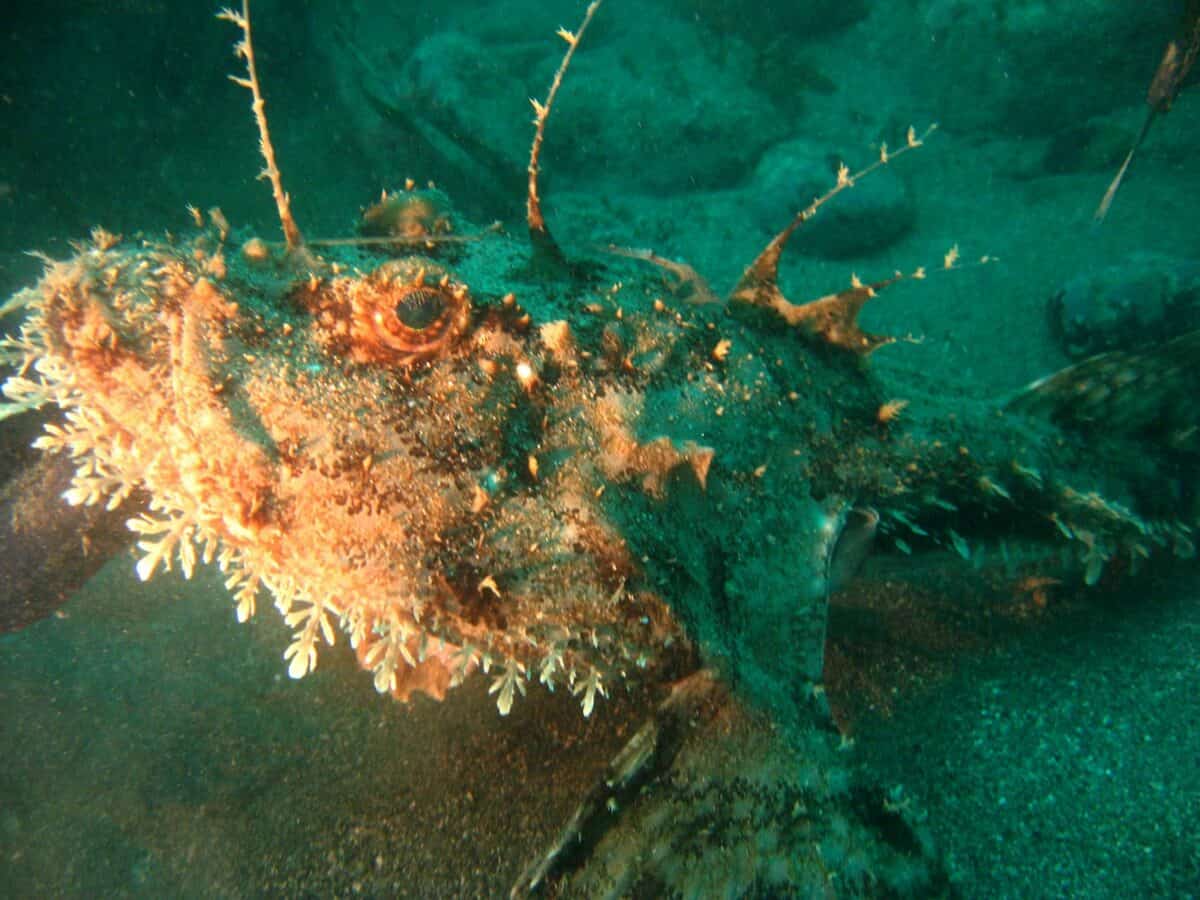
Scientific Name: Lophius
Locations and Main Habitat: Northwest Atlantic Ocean
Average Size and Weight: 4,5 feet and 50 pounds
Average Lifespan: 13 year
Natural Predators: bigger fish, sharks
It is known by many names like the sea devil or the frogfish due to its frog-like appearance and unusually repulsive face. Regarding appearance, the monkfish has a flat, large head and eyes too small for its head. This fish’s gaping mouth and sharp teeth that point inward add to its appearance. The body is usually smaller than the head of the sea devil.
It has a large thin horn on its head known as the esca and has little spines all over its head. These help it hide in the sea as the spines look like algae or seaweed.
#4 Proboscis Monkey
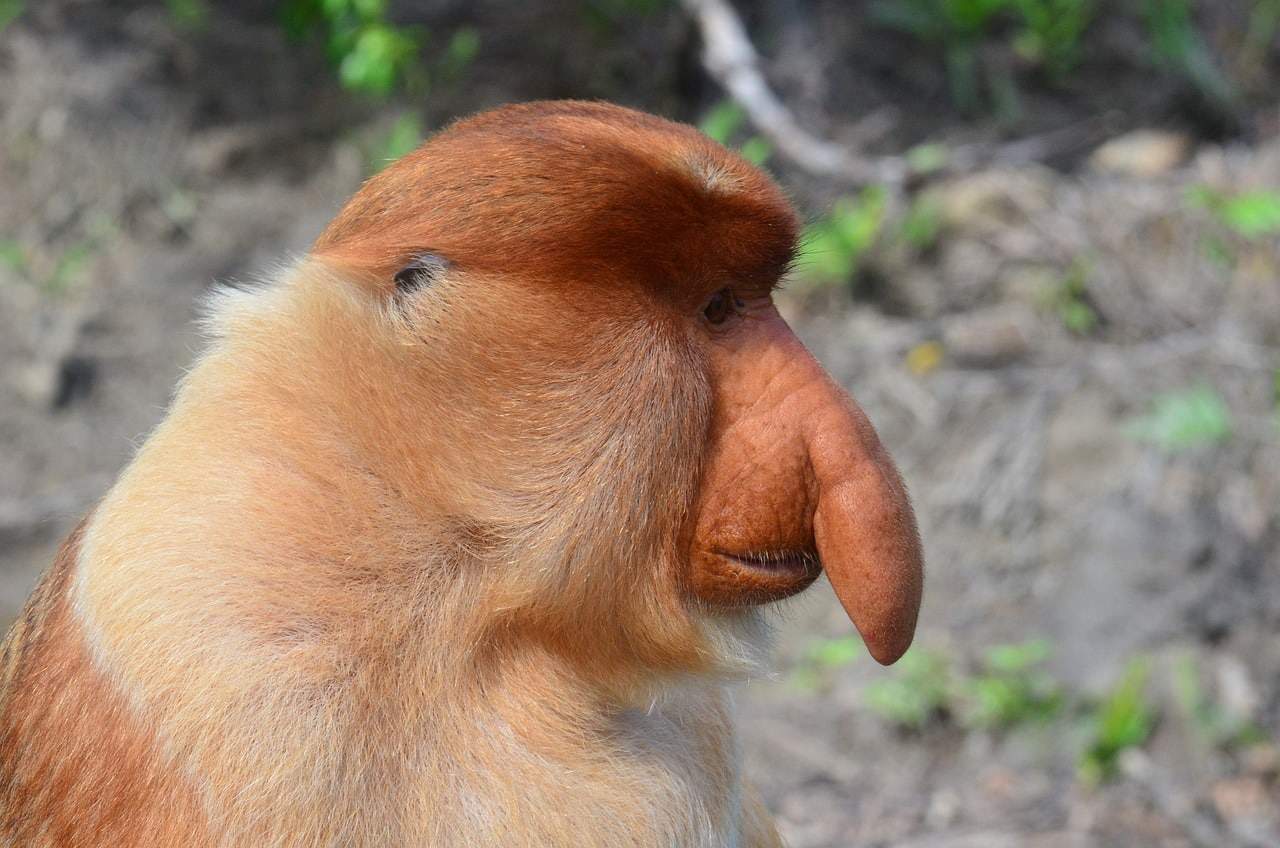
Scientific Name: Nasalis larvatus
Locations and Main Habitat: Borneo Jungle
Average Size and Weight: 70 cm and 22 kg
Average Lifespan: 20 years
Natural Predators: Crocodile, Leopard
The probosci’s monkey is also known as the old-world monkey. They are known with names like a long-nosed monkey, orang belanda, monyet belanda (dutch monkey or Dutchman), and nasalis larvatus (scientific name). They are primarily found in riverine forests, mangroves, and swamps in Indonesia and the Southeast Asian island of Borneo.
Proboscis means long noses found in animals, and they are given this name due to their elongated nose. The male monkeys have an even longer nose than female ones, so it hangs past their mouth.
They got their name based on the Dutch colonizers of Indonesia, who used to have big bellies and large noses. They have long tails, and their length in total is around 21 to 30 inches.
#5 Sphynx Cat

Scientific Name: Felis catus
Locations and Main Habitat: Canada origin
Average Size and Weight: 50 cm and 6 to 12 pounds
Average Lifespan: 8 – 14 years
Natural Predators: Cars, Other Cats
It has all the qualities of a cat, a cute nose, and small paws, but it still does not make you go “aww.” We are talking about a ‘sphynx cat,’ which also falls in the category of naked mole-rat.
Like the naked mole-rat, the sphynx cat is also hairless, making it unique and weird. These hairless cats were created by breeding selective hairless cats that existed due to naturally occurring genetic mutations in cats.
#6 Hyena
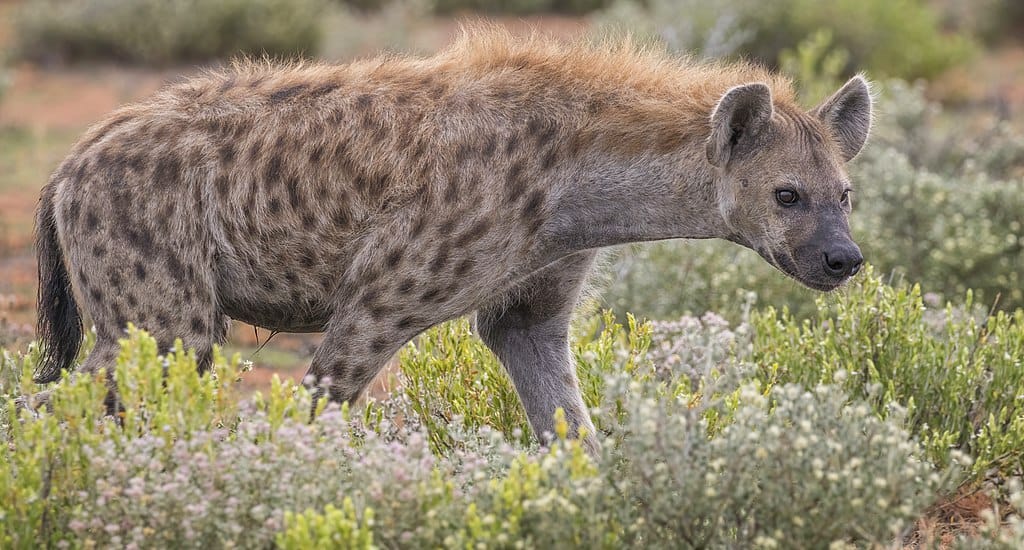
Scientific Name: Hyaenidae
Locations and Main Habitat: Africa Savanna
Average Size and Weight: 37 to 59 inches and 90 to 170 pounds
Average Lifespan: 25 years
Natural Predators: Lion, Leopard
Their unusual bark and distinct eyes add a certain creepiness to their appearance. In addition, they have patchy skin and a very intimidating aura. Another interesting fact about hyenas is that even the king of the Jungle does not want to hunt hyenas.
However, they are considered intelligent animals, and hyena mothers are known to be very caring and protective of their cubs. Females mostly lead hyena clans.
#7 Blobfish
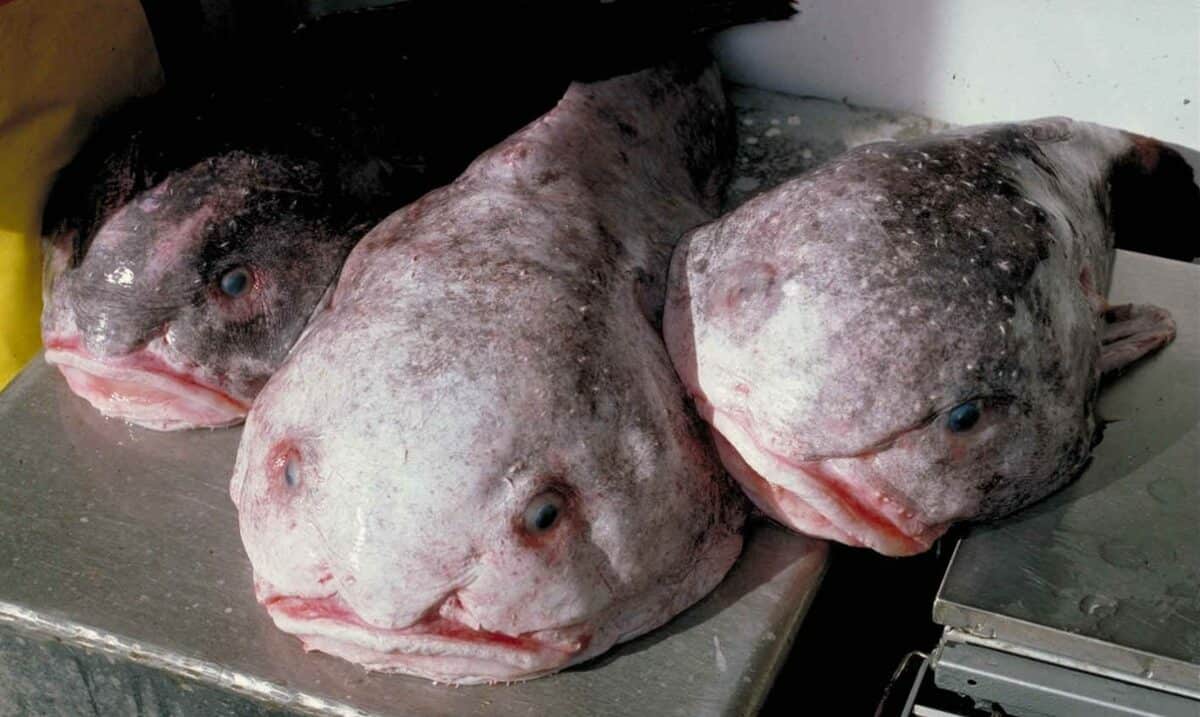
Scientific Name: Psychrolutes marcidus
Locations and Main Habitat: Southwest Pacific, Deepsea
Average Size and Weight: 30cms (12 inches), 20 pounds (9 kg)
Average Lifespan: 130 years
Natural Predators: None
Blobfish is not very picky when it comes to food; it just swallows liquid in front of it by simply opening its mouth. Absolutely no effort is needed for a Blobfish to have its dinner. It can grow to about 12 inches long. Think about the laziest fish in the sea, and you will only have Blobfish’s name in your mind.
Pressure in the depths of the oceans is high, and swimming becomes more arduous, which is why a Blobfish has less density than water. Its appearance helps it float even in the ocean’s depths without much energy.
#8 Aye-Aye
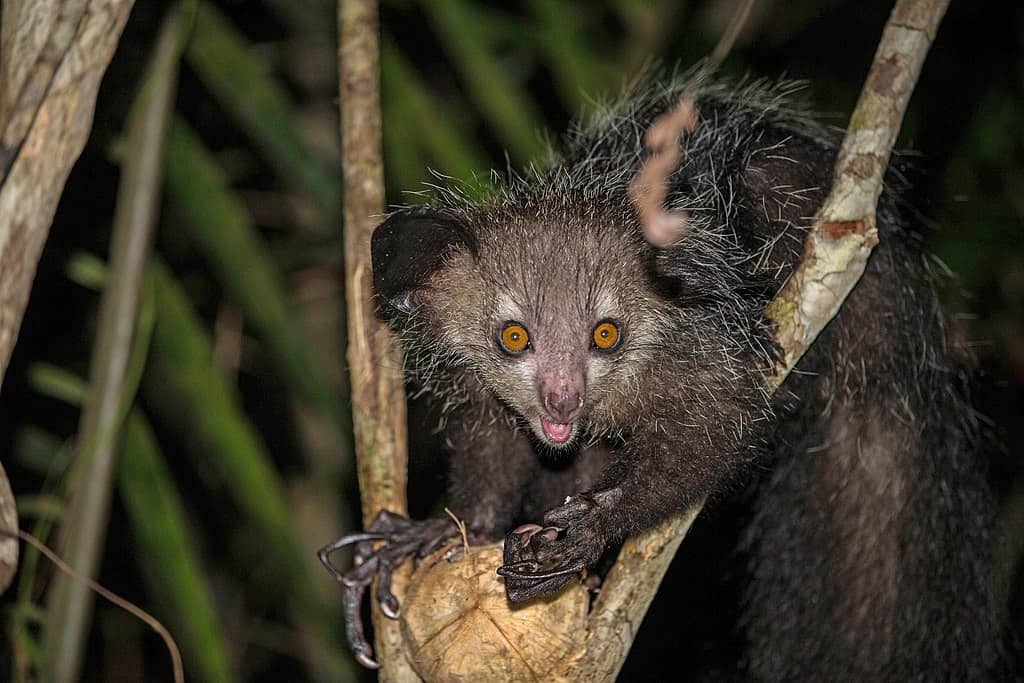
Scientific Name: Daubentonia madagascariensis
Locations and Main Habitat: Madagascar East Cost
Average Size and Weight: 2.5 – 3.3 ft (0.7 – 1 m), 4lbs – 6lbs (2kg – 2.7kg)
Average Lifespan: 21 -23 years
Natural Predators: Birds of pray, Snakes
Aye-ayes are not considered very social and spend most of their life solitary and arboreal. Apart from their eyes, another feature unique to aye-ayes is their long bony fingers, especially the unusually long third finger.
When fully grown, they are around a foot long with their bushy tail, which is around 2 feet long. No distinct features differentiate males from females except that males are slightly heavier in weight than females.
#9 Giant Salamanders
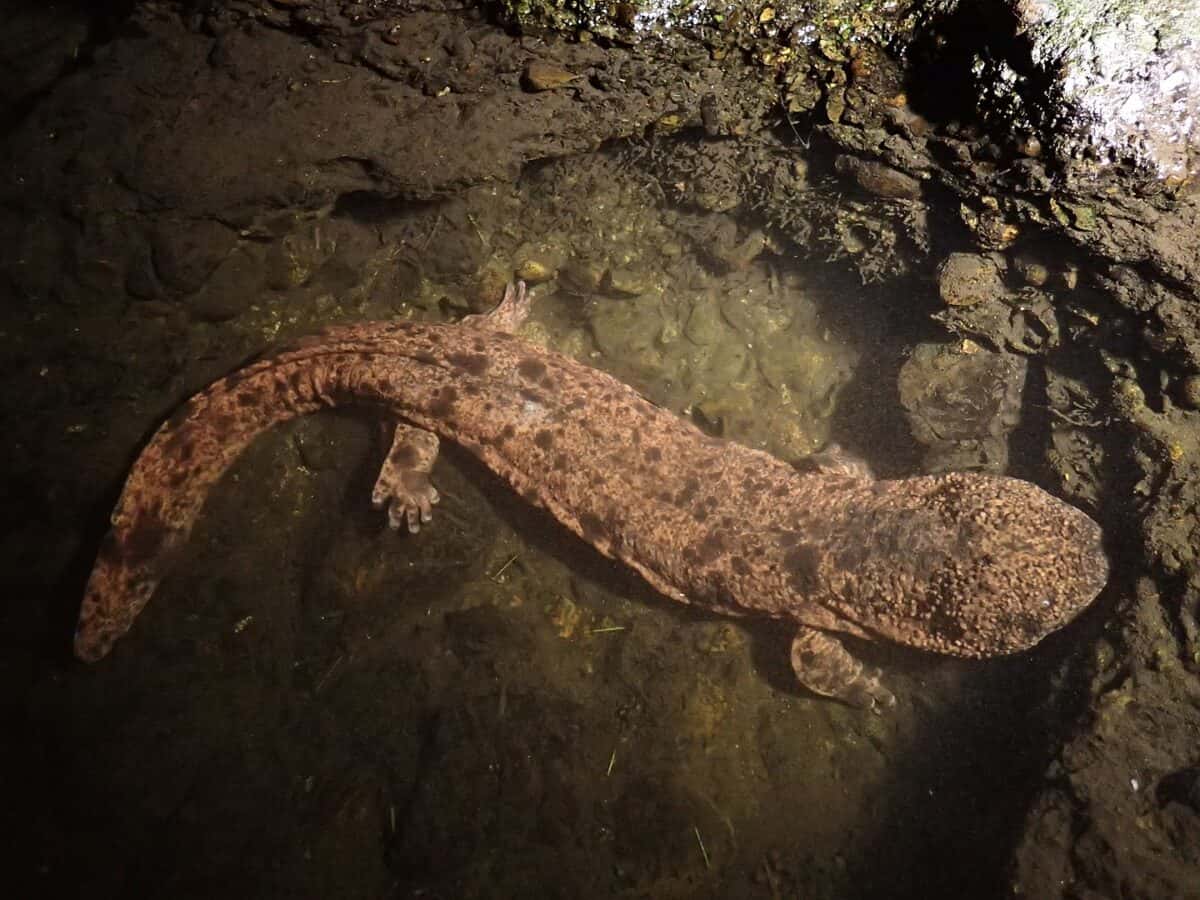
Scientific Name: Cryptobranchidae
Locations and Main Habitat: Lakes, Asia
Average Size and Weight: 60-70 cm, 5-6 kg
Average Lifespan: 30 years
Natural Predators: Hog badgers, Red foxes, Weasels
Giant salamanders have no eyelids adding to their spectacle with broad bodies and large heads. These have loose skin at the sides of the face. As salamanders are amphibians, they breathe through their skin. Their skin is covered in mucus.
This slimy material helps the giant salamanders keep the parasites away while on land and helps them breathe in water. They also have incredible regenerative capabilities, and they can re-grow skin and bone.
#10 Pufferfish

Scientific Name: Tetraodontidae
Locations and Main Habitat: Tropical and Subtropical Oceans
Average Size and Weight: 2 feet, 30 pounds
Average Lifespan: 10 years
Natural Predators: Sharks, Bigger Fish
Pufferfish do not have scale on the skin but have spines all over. Like Blobfish, they are also considered lazy as they swim slower, but unlike Blobfish, they can pick up speed when required. Pufferfish can also swim backward also and change directions easily.
All pufferfish produce a substance known as tetrodotoxin, making them foul-tasting and mostly lethal to other fish who wish to eat them. Moreover, it is also highly poisonous to humans as it is 1200 times more poisonous than cyanide. Pufferfish are so deadly that one pufferfish can kill 30 human adults, and there is no known antidote.
Summary of the top 10 Ugly Animals

These are selected from only some of the animals known to humankind. The selection was relatively subjective as beauty is a subjective concept.
So, in your opinion, which animals are the ugliest, do let us know. Take a quick look at this post for fascinating fastest animals, or the most endangerd animals before you leave.
Thank you for reading about Ugly Animals.
Join our Forum for free today!

- Top 10 Reasons You Should Consider Adopting an Animal From a Shelter - June 17, 2024
- Massive 25-Foot Anaconda Halts Traffic in Brazil Caught on Camera - June 16, 2024
- Unique Footage of 5 Bald Eagles Fight Midair Over Unlucky Fish - June 16, 2024

